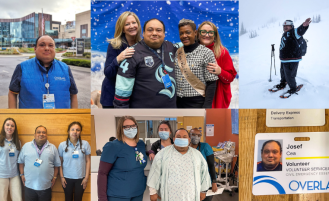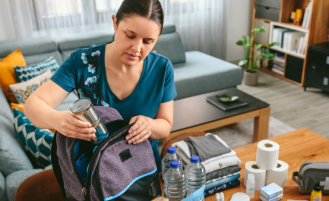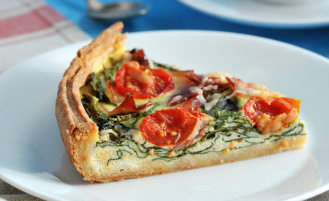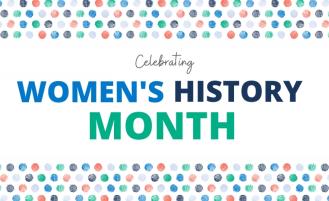Innovative Procedure Gives Hearts New Life
October 01, 2020
This past May, Maher Al-Khoury, 66, of Duvall, underwent an innovative procedure to replace his aortic valve. In fact, Maher is one of only a handful of adults on the West Coast to undergo this procedure. Called the Ozaki procedure—named for Dr. Shigeyuki Ozaki, who developed and perfected the method—this technique creates a new aortic valve using the patient’s own tissue from their pericardium, which is the sac the heart sits in.
Overlake cardiothoracic surgeon Robert Binford, MD, explains, “Using templates, we are able to cut out new leaflets and reconstruct an aortic valve, which looks and acts like the patient’s original valve. The advantage is that it is the patient’s own tissue; it does not have any extra material like artificial valves, so it functions much more efficiently.”
Dr. Binford traveled to Japan and spent a week watching Dr. Ozaki perform the procedure, and Dr. Ozaki also traveled here to help Dr. Binford with his first few cases.
Maher describes his experience and gratitude toward Overlake and Dr. Binford for their expertise and for offering this cutting-edge heart surgery:
“I had a heart murmur for many years, and my doctors told me if I could live with it, it should be no problem. And, I didn’t have a problem until late last year, when all of a sudden my heart was speeding up without reason, and I was experiencing shortness of breath. Over the course of only two months, my symptoms were getting worse. I went to my primary care doctor, who ran some tests and then referred me to a cardiologist. The cardiologist ran some more tests and then referred me to Dr. Binford.
“I was diagnosed with severe aortic stenosis and needed an aortic valve replacement. Dr Binford took the time to explain all my options. The two standard procedures use either a mechanical valve or tissue valve. He also mentioned he had been working on a new procedure with a doctor in Japan [Dr. Ozaki], called the Ozaki procedure. He discussed the advantages and disadvantages of each option, such as how long they last. After that appointment, I went home and met with my family.
“I have highly educated kids, and they went to work on doing the research. The mechanical valve was ruled out because it would have required me to be on blood thinners for the rest of my life. We ruled out the tissue valve because it would have used tissues that aren’t mine, so there would have been a chance my body would have rejected it. With the Ozaki procedure, the material is all mine, and I wouldn’t be on blood thinners. So, I decided to go with the Ozaki procedure, and on May 14, 2020, I had the surgery.
“It was a very smooth operation. After the operation, Adrian [Hagan, PA]—what an awesome lady—happened to be on duty every day of my recovery. She always took the time to talk to me and never cut a visit short.
“My symptoms started improving immediately following surgery, and I haven’t had issues since. I am very pleased with my progress—it has been better than I expected, to be honest.
“One of the most noticeable effects is the time it takes me to walk my dog. I have a German shepherd, Maha, who is almost 2 years old. She is very active. Prior to my surgery, our walks would take one-and-a-half to two hours. My heart would start racing, and I’d have to stop and wait to recover. Now, our walks take 45 minutes.
“I’m retired and also like to work in the yard. Mowing the lawn takes less than half an hour. It used to take me two hours.
“Throughout the entire process, Dr. Binford and his team were so patient and answered all my questions. I am so grateful for them and for my experience at Overlake.”
Learn more about cardiac services at Overlake.








